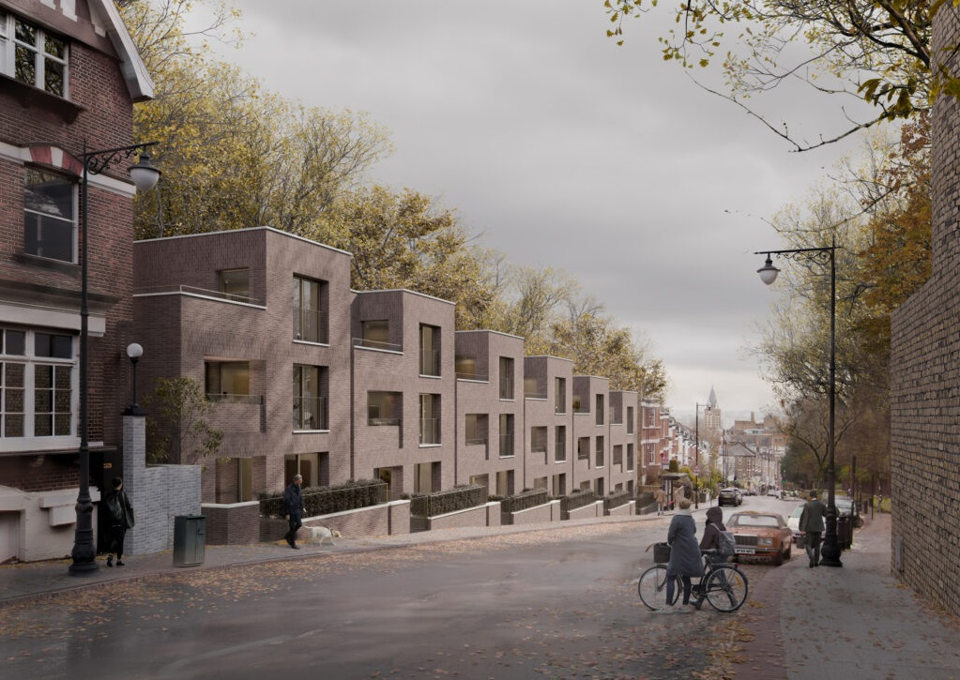Navigating the Labyrinth of Islington and Highgate Planning Permission: A Comprehensive Guide
Securing planning permission in the vibrant boroughs of Islington and Highgate can be a complex and intricate process. As these areas undergo urban development and revitalization, understanding the nuances of local planning regulations is crucial for anyone seeking to embark on a construction project. In this article, we will delve into the key aspects of Islington and Highgate planning permission, shedding light on the requirements, procedures, and tips to navigate this labyrinth successfully.
- Understanding Local Planning Policies:
The first step in any planning permission journey is to acquaint oneself with the specific policies and guidelines set forth by the local authorities. In both Islington and Highgate, the planning departments have their own unique frameworks that dictate what is permissible within the boroughs. This includes considerations for conservation areas, listed buildings, and other locally significant features.
For instance, Islington has a strong focus on preserving its historic architecture, and any proposed developments must align with the borough’s commitment to maintaining its unique character. Highgate, on the other hand, is known for its lush greenery and open spaces, prompting planners to emphasize sustainable and environmentally friendly designs.
- Application Process:
Once the project aligns with local policies, the next step is navigating the application process. The paperwork can be extensive, requiring detailed architectural plans, environmental impact assessments, and sometimes community engagement initiatives. Understanding the intricacies of the application process is paramount to prevent delays and increase the chances of approval.
In Islington and Highgate, the local planning departments offer pre-application advice services, providing an opportunity for applicants to gain insights and feedback before formally submitting their proposals. Taking advantage of these services can significantly enhance the quality of the application and improve the likelihood of success.
- Community Engagement:
Community engagement is a crucial aspect of the planning permission process in both Islington and Highgate. Local residents and businesses often have a say in proposed developments, and garnering community support can be instrumental in gaining approval. Holding public consultations, addressing concerns, and incorporating feedback into the project can help create a positive dialogue with the community.
- Navigating Conservation Areas and Listed Buildings:
Islington and Highgate boast rich historical and architectural heritage, leading to the presence of conservation areas and listed buildings. Planning permission for developments within these areas demands a heightened level of scrutiny. Understanding the nuances of working with historic structures and ensuring that proposed changes align with conservation objectives is crucial.
- Environmental Considerations:
Both Islington and Highgate prioritize sustainability and environmental considerations in planning decisions. Applicants should be prepared to showcase how their projects align with green initiatives, energy efficiency, and biodiversity preservation. Incorporating eco-friendly elements into designs not only enhances the chances of approval but also contributes to the overall well-being of the community.
Conclusion:
Securing planning permission in Islington and Highgate is a multifaceted process that requires a deep understanding of local policies, effective community engagement, and meticulous attention to detail. By navigating through the intricacies of the application process, respecting the unique characteristics of the boroughs, and prioritizing sustainability, applicants can increase the likelihood of obtaining approval for their projects. Staying informed, seeking professional advice, and adapting designs to align with local priorities are key steps towards successfully navigating the labyrinth of Islington and Highgate planning permission.





